
The SheWolf in Segovia with the Roman Aqueduct in the background In
The Capitoline Wolf ( Italian: Lupa Capitolina) is a bronze sculpture depicting a scene from the legend of the founding of Rome. The sculpture shows a she-wolf suckling the mythical twin founders of Rome, Romulus and Remus.
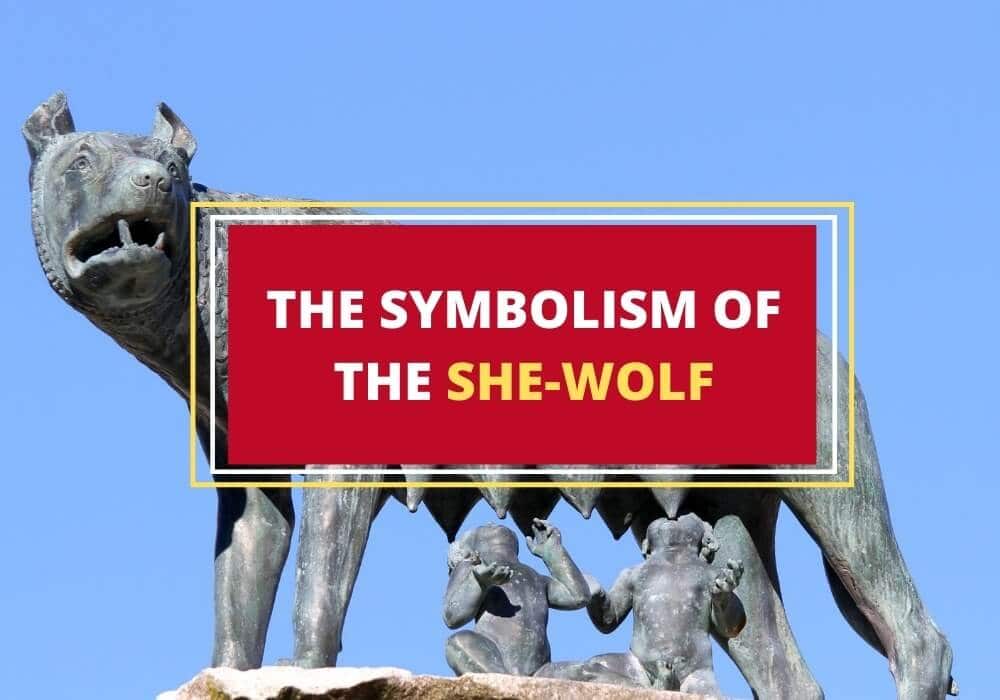
The Importance and Symbolism of the Roman SheWolf
The Capitoline She-wolf (Italian: Lupa capitolina) takes its name from its location—the statue is housed in the Capitoline Museums in Rome. The She-wolf statue is a fully worked bronze composition that is intended for 360 degree viewing. In other words the viewer can get an equally good view from all directions: there is no "correct" point of view.

Capitoline Shewolf. Rome, Capitoline Museums, Palazzo dei Conservatori
Description. The Capitoline She-wolf (Italian: Lupa capitolina) takes its name from its location—the statue is housed in the Capitoline Museums in Rome.The She-wolf statue is a fully worked bronze composition that is intended for 360 degree viewing. In other words the viewer can get an equally good view from all directions: there is no "correct" point of view.

Capitoline Shewolf. Rome, Capitoline Museums, Palazzo dei Conservatori
The image of a she-wolf suckling the twins in their infancy has been a symbol of the city of Rome and the ancient Romans since at least the 3rd century BC. Although the tale takes place before the founding of Rome around 750 BC, the earliest known written account of the myth is from the late 3rd century BC.

Capitoline SheWolf (Lupa capitolina). Rome, Capitoline Museums
T he word troia in italian may describe a female animal - a sow - or a human sex worker: troia is a derogatory term for a female prostitute. Capitalize the word, however, and it becomes, instead, the illustrious ancient city of Troy, Rome's urban ancestor. Likewise, the Latin word lupa has two meanings: It indicates, metaphorically, a prostitute; yet lupa is also the she-wolf who suckled.

Shewolf, Rome by Chobbnobs15 on DeviantArt
Since antiquity, the she-wolf has served as the potent symbol of Rome. For more than two thousand years, the legendary animal that rescued Romulus and Remus has been the subject of historical and political accounts, literary treatments in poetry and prose, and visual representations in every medium. In She-Wolf: The Story of a Roman Icon, Cristina Mazzoni examines the evolution of the she-wolf.

Capitoline Shewolf. Rome, Capitoline Museums, Palazzo dei Conservatori
Since antiquity, the she-wolf has served as the potent symbol of Rome. For more than two thousand years, the legendary animal that rescued Romulus and Remus has been the subject of historical and political accounts, literary treatments in poetry and prose, and visual representations in every medium.
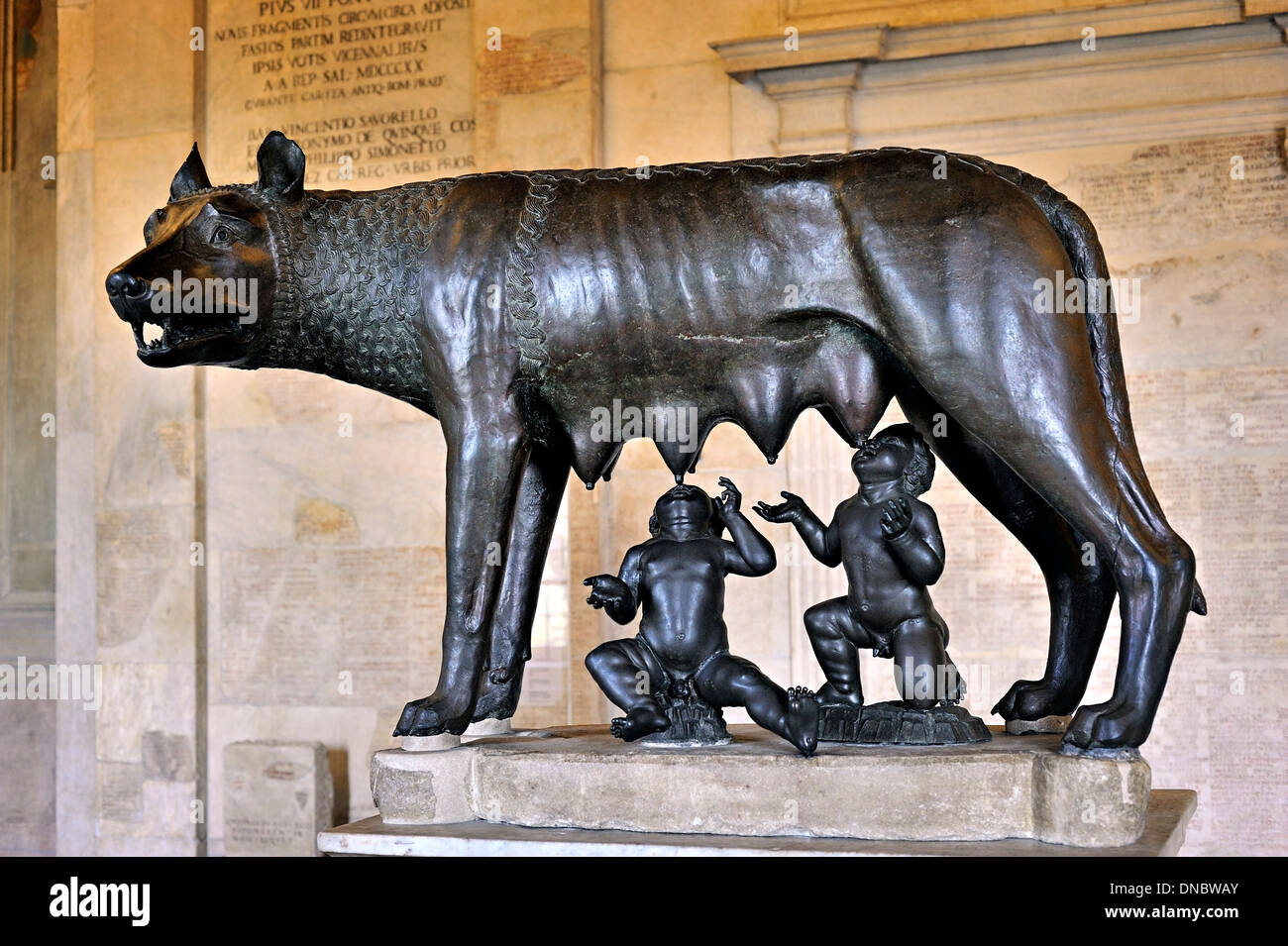
Capitoline she wolf hires stock photography and images Alamy
The Rome she wolf has a story that goes back to the legend of the foundation of Rome and her statue can be seen in the Capitoline Museums and well as in many other locations in the city. This is all you need to know about the Capitoline she-wolf of Rome.

The SheWolf of Rome Rome, Time travel, Favorite city
The Roman she-wolf is an iconic symbol of Rome. She's often featured as a female gray wolf nursing two human boys, believed to be the twins Remus and Romulus. This image is depicted in many Roman artwork, including statues and paintings.

Famous Statue Of The Shewolf In Rome Stock Photos Image 12853813
In the Roman foundation myth, a she-wolf ( lupa in Italian) was an Italian wolf who nursed and sheltered the twins Romulus and Remus after they were abandoned in the wild by decree of King Amulius of Alba Longa. She cared for the infants at her den, a cave known as the Lupercal, until they were discovered by a shepherd, Faustulus.
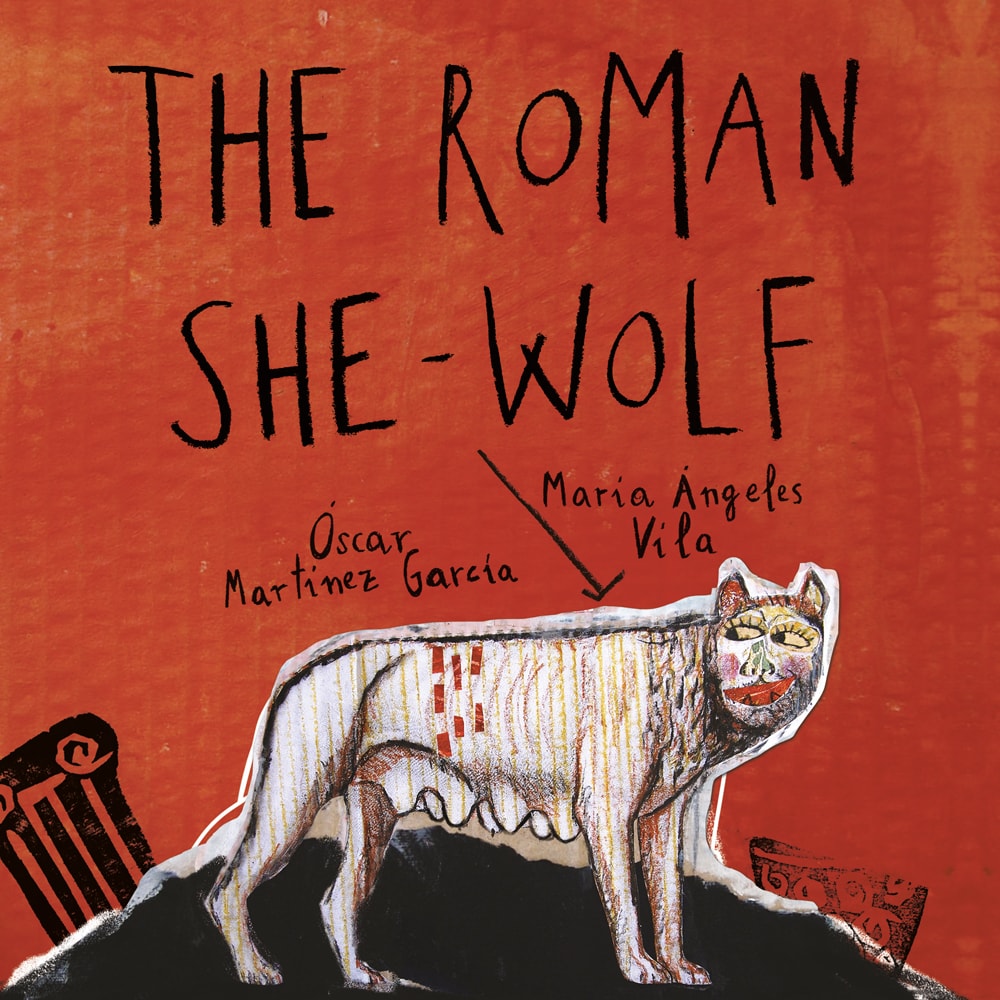
The Roman SheWolf a tale for children about the birth of Rome
Ever since the middle of the 16th century, when it was an open three-arched loggia, this room has contained the bronze Capitoline She-wolf, which has become the symbol of Rome.
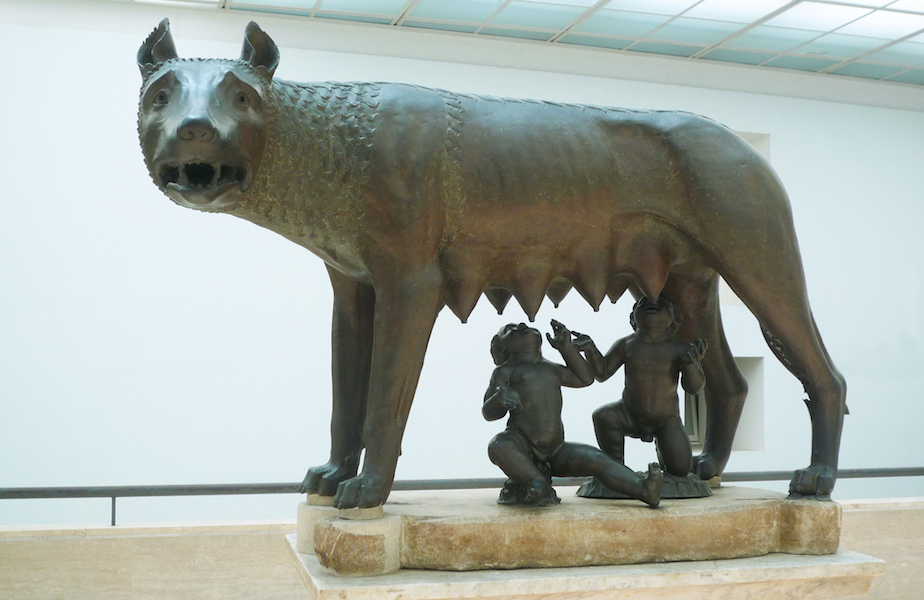
The Capitoline SheWolf Rome’s Eternal Symbol Brewminate A Bold
The She-wolf is the symbol of the city of Rome. It is one of the ancient symbols of Rome associated with its mythology and founding story. It is a symbol that can be seen throughout Italy and Rome. The Capitoline Wolf takes its name from where it is housed in the Capitoline Museums in Rome.
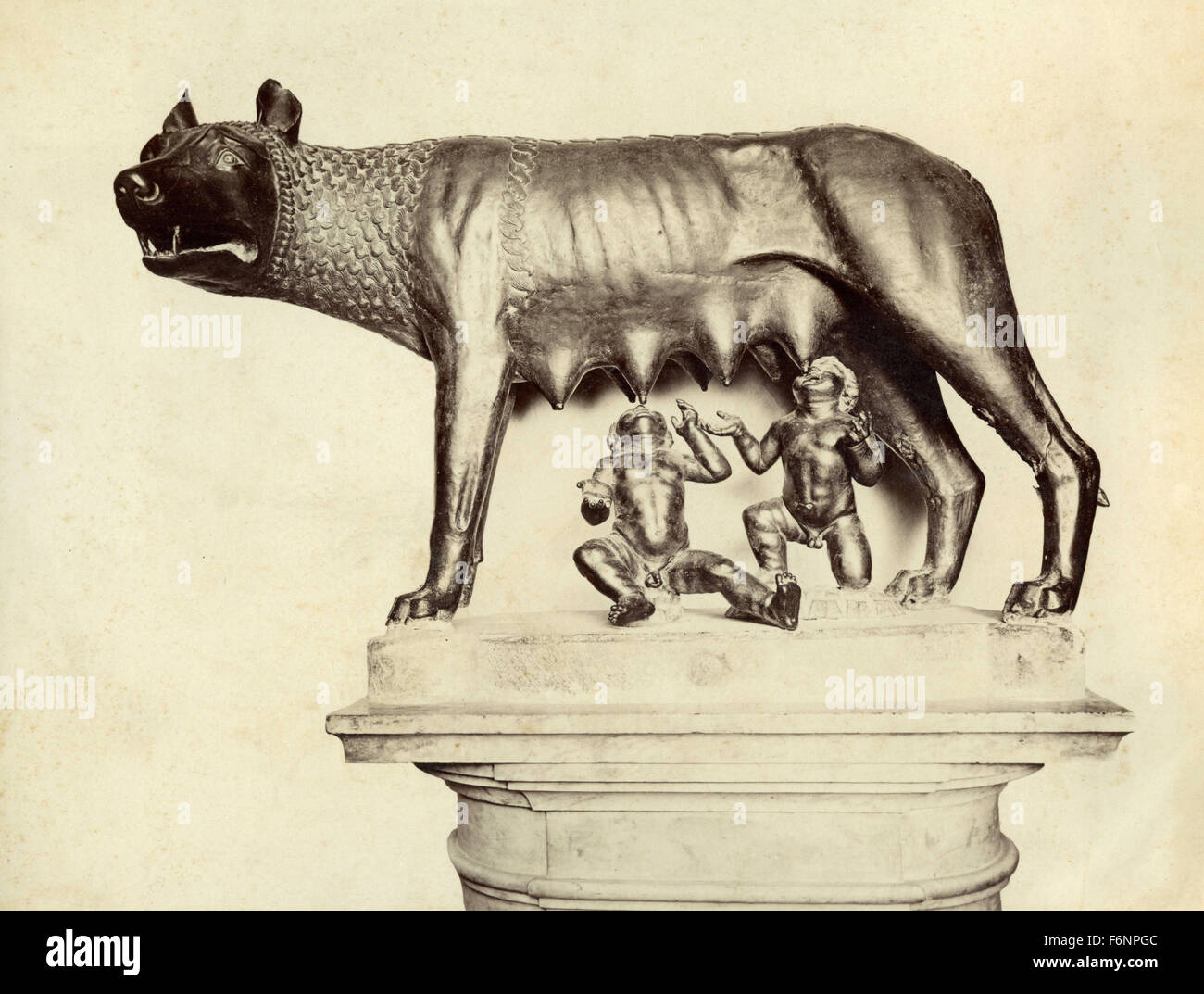
Capitoline sheWolf, Rome, Italy Stock Photo Alamy
Inventory: inv. MC1181 > login to add masterpieces to your gallery Buy the image The She-wolf, with its evocative power, is the symbol of the city. The donation of Sixtus IV brought the statue to the Capitoline Hill. Initially, it stood in the fifteenth century facade of the palace.

Capitoline SheWolf (Lupa capitolina). Rome, Capitoline Museums
The Capitoline Wolf is a bronze sculpture depicting a scene from the legend of the founding of Rome. The sculpture shows a she-wolf suckling the mythical twin founders of Rome, Romulus and Remus. According to the legend, when King Numitor, grandfather of the twins, was overthrown by his brother Amulius in Alba Longa, the usurper ordered them to be cast into the Tiber River.
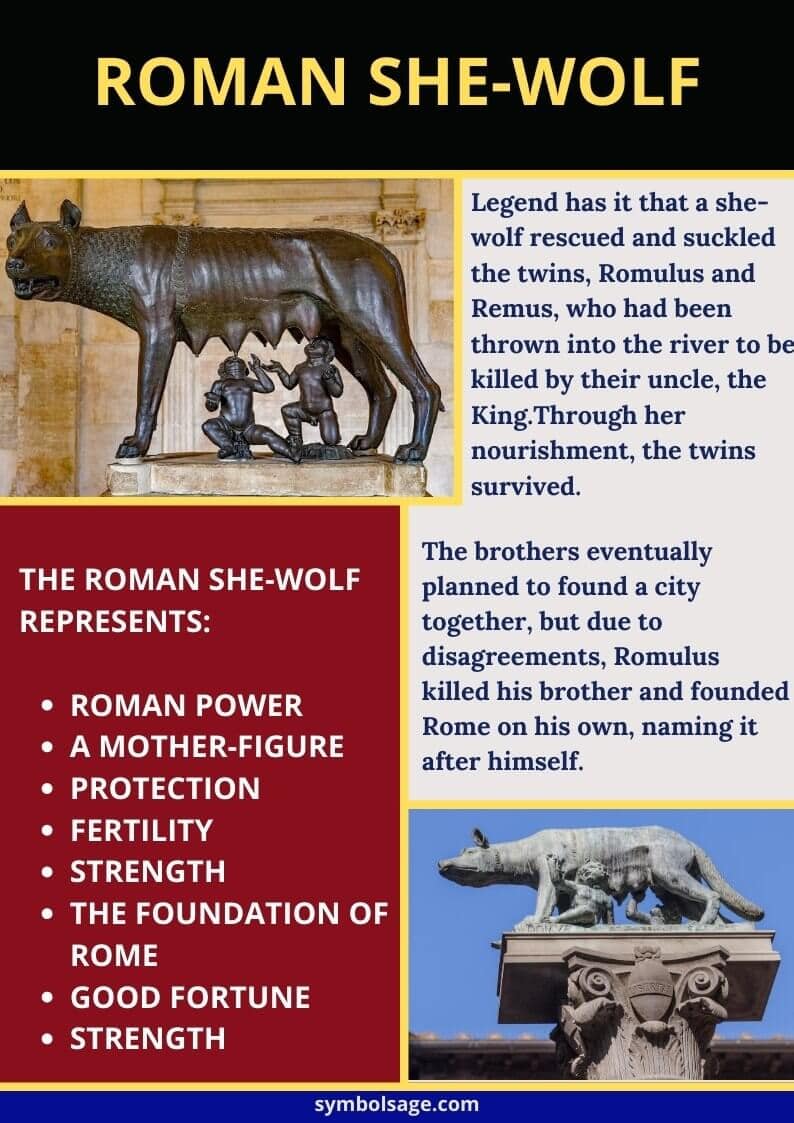
The Importance and Symbolism of the Roman SheWolf
An iconic representation of Rome, the she-wolf is frequently depicted as a female gray wolf suckling the human twins, said to be Remus and Romulus, the latter being the founder and first king of this mighty city. The Roman she-wolf is symbolic of a lot of things. For one, it signifies the Roman power.
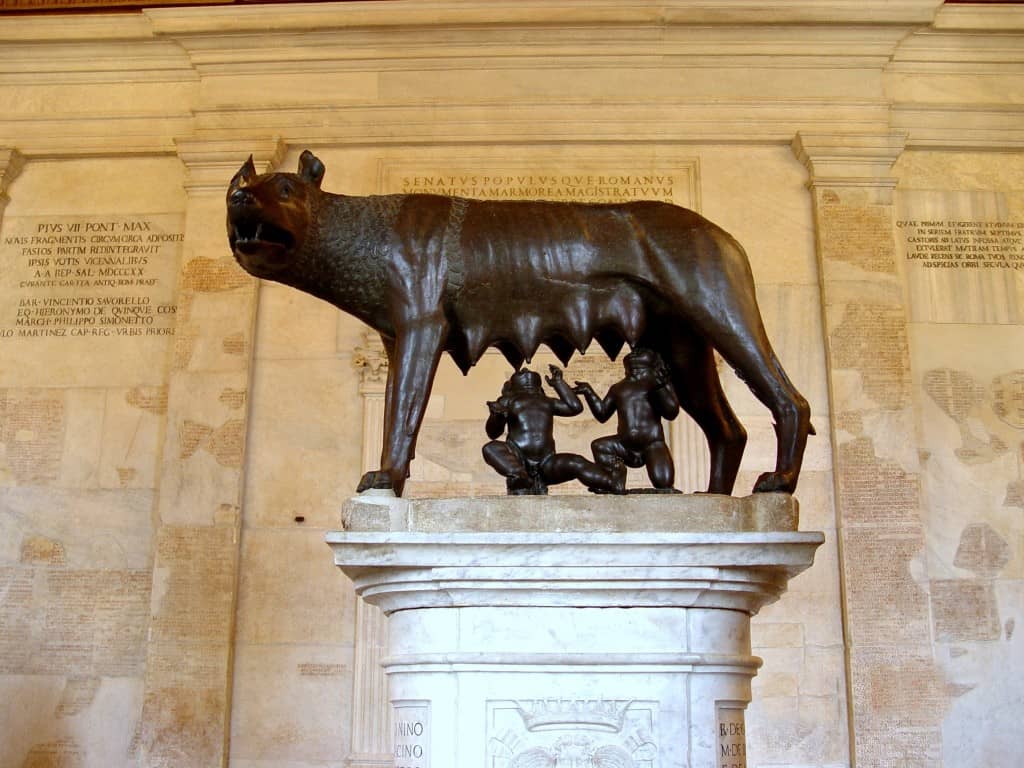
Fab Photos Friday A Path through Rome Travels with Tam!
By By Frances D'emilio She suckled Rome's legendary twin founders and fed Benito Mussolini's ambitious dreams of renewed imperial glories. For centuries, the she-wolf has been one of.